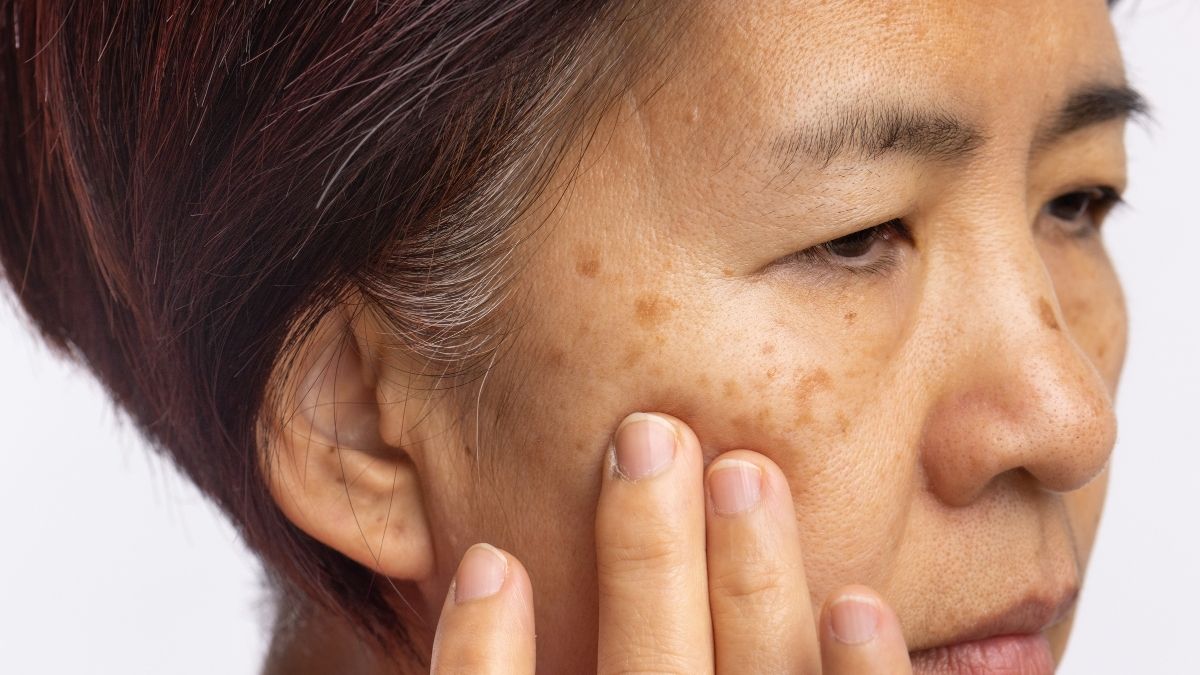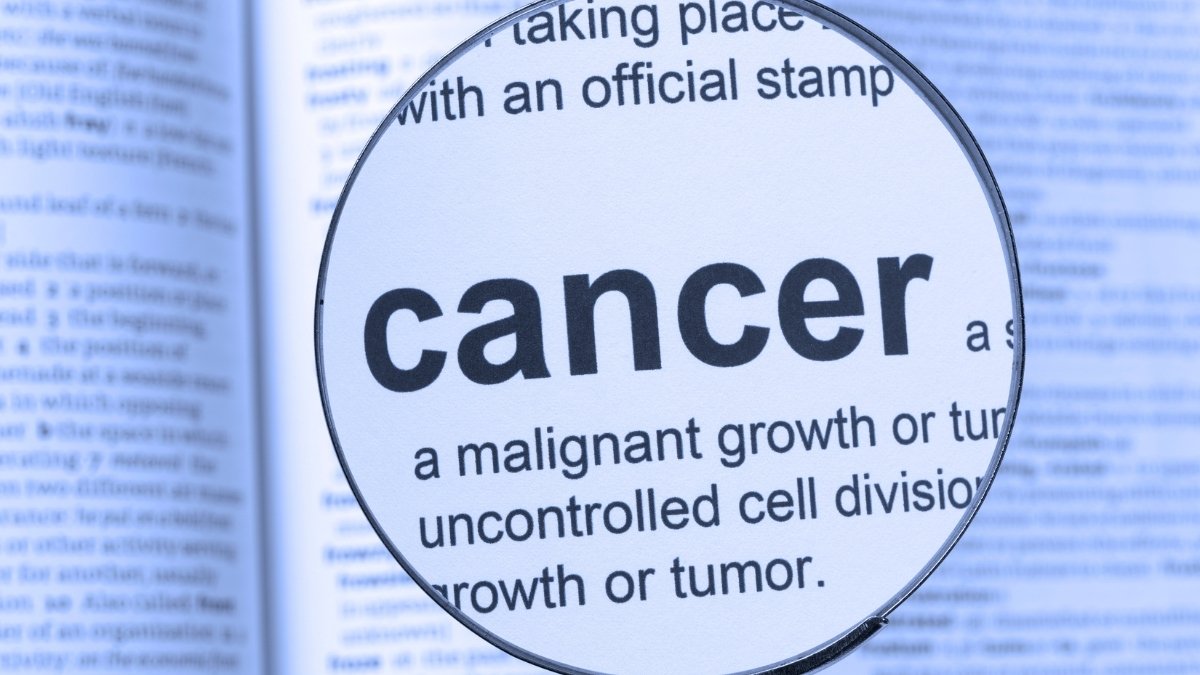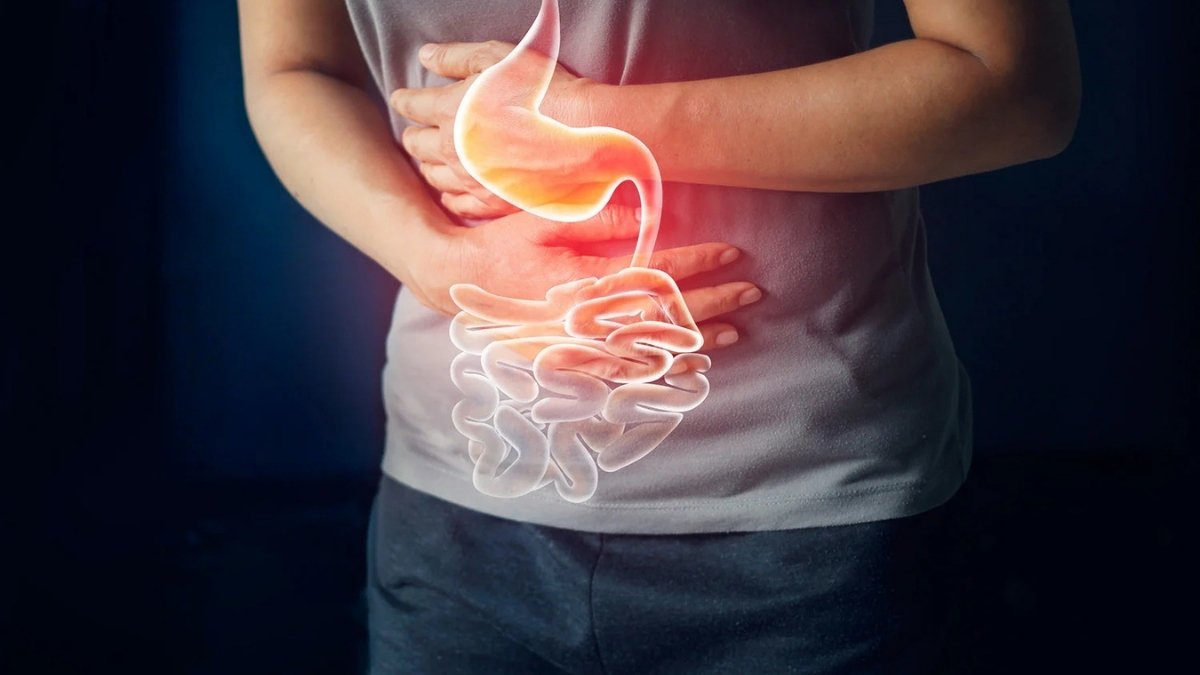These Easily Ignored Cancer Symptoms Could Save Your Life If Caught Early Enough

You have a nagging cough you’re sure is “just allergies,” or persistent bloating you blame on your diet. You’re worried. But you are also worried about “wasting the doctor’s time”.
This leaves you in “symptom limbo.” You cannot tell if this is a trivial, everyday issue or one of the serious early warning signs of cancer. This article is designed to help you tell the difference.
Here is why this matters. Catching cancer early is the single most important factor in survival. The 5-year survival rate for colorectal cancer found at an early, local stage is 91%. But that number plummets to 15% if it’s found after it has spread.
This article is your 3-step action plan. You will learn the #1 rule for telling a benign symptom from a red flag (The “Persistence” Rule).
You will learn how to check easily ignored cancer symptoms, like fatigue or bloating , against common, everyday ailments.

And you will get the exact scripts and digital tools to use. This will help you talk to your doctor and make sure your concerns are taken seriously.
The “Persistence” Rule: Why When Matters More Than What
When you think about a cancer symptom, you might picture something big and obvious. But for most of the symptoms on this list, the most important word isn’t “cough” or “bloat.” The most important word is “persistent.”

Your body is great at handling temporary problems. A symptom that lasts is a sign that your body needs help. If you notice a change that is new, has no clear cause, and lasts for several weeks, it has earned a call to your doctor.
Here are some real examples. A cough from a cold gets better in a week or two. But a cough that sticks around for more than eight weeks is a red flag. Bloating from a big meal is temporary. Bloating that happens every day for more than two weeks is a persistent symptom not to ignore and needs to be checked.
The “Vague 5”: Systemic Signs Your Body Might Be Sending

These five signs are some of the easiest to ignore. They feel like a normal part of life, stress, or just getting older. But when they are new and stick around, they are your body’s way of telling you something is wrong.
1. Persistent, Overwhelming Fatigue
This is far beyond normal tiredness or burnout. It is a heavy, whole-body exhaustion that makes daily tasks—like climbing stairs, getting dressed, or focusing on simple conversations—feel unusually difficult. Sleep, rest, or reduced workload does not improve it, which makes it very different from stress-related fatigue.

This type of fatigue can be caused by changes in the blood, low red blood cell counts, or the body fighting an abnormal internal process. That’s why it often appears in blood cancers like leukemia, lymphoma, or myeloma. When fatigue is persistent, unexplained, and out of proportion to your lifestyle, it’s a sign you should get checked.
2. Unexplained Weight Loss
Losing 10 pounds or more without changing your diet, routine, or lifestyle is a major warning sign. This kind of sudden weight loss can happen because your body is burning more energy trying to fight an illness—or because cancer is affecting metabolism, appetite, or how nutrients are absorbed.

It is often linked to cancers like pancreatic, stomach, lung, and esophageal cancers because these conditions can interfere with digestion or appetite. If clothes feel loose, your face looks thinner, or the scale drops for no clear reason, it’s important to talk to your doctor right away.
3. Persistent, Unexplained Pain
This pain is not related to exercise, injury, or daily strain. It is pain that lingers for weeks, even if you rest or use over-the-counter medication. It may be dull, sharp, stabbing, or constant—but the key sign is that it refuses to go away and you cannot explain why it started.

Different cancers cause different types of pain depending on where they grow—bone pain, back pain, abdominal pain, or headaches that last longer than two weeks. Persistent pain means something in the body needs attention, and it should be checked rather than ignored.
4. Chronic Bloating
If you feel bloated almost every day for more than two weeks—especially if it comes with pelvic pressure, feeling full quickly, or changes in digestion—it may be more than gas or food intolerance. Chronic bloating that doesn’t go away with diet changes is a common early sign of ovarian cancer and certain gastrointestinal cancers.

This happens because tumors or growths in the pelvis or abdomen can trap fluid, press on organs, or slow down digestion. Many women ignore this symptom for months, assuming it’s harmless. But persistent bloating is one of the top symptoms doctors warn not to overlook.
5. Unusual Skin Changes
Skin changes are one of the easiest signs to spot but often the easiest to dismiss. New growths, lumps, or moles that change in size, shape, or color should never be ignored. The ABCDE rule helps you identify risky moles: Asymmetry, irregular Borders, multiple Colors, Diameter larger than 6mm, and Evolving changes.

Other warning signs include sores that don’t heal, rough patches, bleeding spots, or skin that suddenly becomes darker or lighter in certain areas. These can be early signs of skin cancers like melanoma, basal cell carcinoma, or squamous cell carcinoma—conditions where early detection makes a huge difference.
Symptom Deep Dive: Is It Cancer or Just… Life?

This is where most people get stuck. You feel tired, but is it just from stress or a bad week? You feel bloated, but is it just something you ate? It’s hard to tell the difference, but the red flags are not the same.
Fatigue vs. Burnout & Stress
Normal burnout or stress-related fatigue is often temporary and predictable. It usually has a clear cause—like long work hours, emotional pressure, or lack of sleep. Once the stressful situation improves, your energy slowly comes back. You might feel mentally drained or physically tired, but rest, sleep, or time off noticeably help.

Cancer-related fatigue is completely different. This is a “distressing, persistent exhaustion” that doesn’t behave like normal tiredness. It can appear even after minimal activity and feels far more intense than what you would expect from your daily routine. Most importantly, it does not improve with sleep, naps, weekends off, or reduced workload.
This type of fatigue affects your entire body. It can make simple, everyday tasks—like showering, cooking, walking, or even talking—feel overwhelming or impossible. You may feel heavy, weak, or mentally foggy in a way that is hard to explain to others.
Unlike stress fatigue, cancer-related fatigue has no clear trigger and often appears suddenly or stays constant throughout the day. It can interfere with your mood, concentration, memory, and overall ability to function.

This extreme, whole-body exhaustion is one of the most important warning signs to share with your doctor, as it may indicate treatment effects, anemia, nutritional issues, or other underlying medical problems.
IBS vs. Colorectal Cancer

This is one of the most common and dangerous areas of confusion. Early colon cancer symptoms can feel almost identical to Irritable Bowel Syndrome (IBS).
Both IBS and colorectal cancer can cause abdominal pain, bloating, gas, constipation, or diarrhea. It’s very easy to think a new, serious problem is just a flare-up of a condition you already manage.
But the “Red Flag” symptoms for cancer are distinct and are not caused by IBS. Pay close attention to these three differences:
- Blood in Your Stool: This is the most important red flag. IBS does not cause bleeding, though you might see mucus. If you see bright red blood or dark, tarry-looking stools, this is a serious warning sign for cancer.
- Unexplained Weight Loss: IBS does not cause you to lose weight. If you are losing weight without trying, it is a sign that something else is wrong with your body.
- New, Narrow Stools: If your stools are suddenly and persistently “pencil-thin,” this is another warning sign. This narrowing can be caused by a tumor blocking the bowel.
Allergies/Cold vs. Lung Cancer

A nagging cough is easy to blame on allergies, a cold, or just “seasonal dryness”. Most coughs from an infection or cold will go away on their own, usually within two to eight weeks.
A red flag cough is one that is chronic. This means it lasts for more than eight weeks. It might also be a “smoker’s cough” that suddenly gets worse or more frequent.
The number one red flag is coughing up blood or phlegm that looks rust-colored. This sign, along with chest pain that gets worse when you cough, new wheezing, or hoarseness, needs an immediate call to your doctor.
Indigestion vs. Ovarian, Stomach, or Pancreatic Cancer

Everyone gets heartburn or indigestion sometimes. It is almost always tied to what you ate or how fast you ate it. It usually resolves on its own or with an antacid.
The red flags are different. This is persistent heartburn that doesn’t get better. Another key sign is a “feeling of fullness after eating small amounts” of food. This is also known as “early satiety.”
These are critical, “nondescript” signs of ovarian, stomach, or pancreatic cancer. Dr. Bobbie J. Rimel, a gynecologic oncologist at Cedars-Sinai, says these common symptoms are often missed.

“I see so many people in my practice who let this ride out for five or six months because they thought they could figure it out,” Dr. Rimel notes. If you have persistent indigestion or feel full too quickly, don’t just try to figure it out. Get it checked.
How to Get Screened (The Tests That Work Right Now)

New blood tests are exciting. But for 2025, they are not a replacement for the standard, proven screenings that are known to save lives.
These tests are your best defense. They are designed to find cancer before you have any symptoms, which is when it is smallest and easiest to treat.
- Colorectal Cancer: Regular screening is key. A colonoscopy is the best test because doctors can find and remove precancerous polyps during the same procedure. At-home stool tests are another option, but if they find anything, you will still need a colonoscopy to confirm.
- Breast Cancer: Mammograms are the gold standard for finding breast cancer early. Guidelines now recommend most women at average risk start getting mammograms at age 40.
- Cervical Cancer: Pap tests and HPV tests are used to screen for cervical cancer. These tests are extremely effective at finding cell changes before they can turn into cancer.
- Lung Cancer: This screening is not for everyone. It is only for people at high risk, such as those with a long history of smoking. If this is you, ask your doctor about getting a low-dose CT scan.
Where to Find Trustworthy Information and Support

It is easy to feel overwhelmed by all the information online. If you are worried, you need to know who you can trust for clear, accurate answers.
National Cancer Institute (NCI) The NCI is the nation’s trusted source for cancer information. If you have questions, you can call them at 1-800-4-CANCER. They have trained specialists who can answer your questions by phone or live chat.
Patient Advocate Foundation (PAF) This group helps with the practical, non-medical side of a diagnosis. They have case managers who can help you for free. They can help with things like insurance appeals, finding financial aid, or managing medical debt.
NCCN Guidelines for Patients The NCCN offers more than 70 free books and a free app. These guides explain treatment options in plain language. They also have helpful lists of “Questions to Ask About Cancer Care” so you can feel prepared for your appointments.
At the Last,
Persistent, unexplained changes in your body—whether related to digestion, energy, breathing, weight, or pain—should not be ignored, especially when they differ from your normal patterns and continue over time.
Tracking these symptoms and communicating them clearly to your doctor helps ensure timely evaluation and increases the chances of identifying treatable conditions early.

Reviewing your health records and keeping up with recommended cancer screenings remains one of the most effective ways to detect disease before symptoms appear.
Established tests such as colonoscopy, mammography, Pap/HPV testing, and low-dose CT scans for eligible individuals continue to play a crucial role in early detection. Taking action early is not unnecessary caution—it is essential for long-term health protection.






